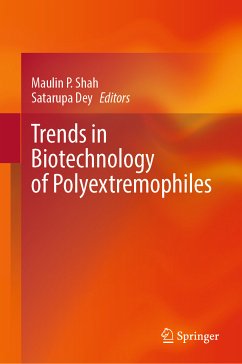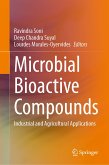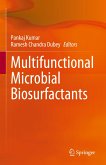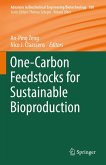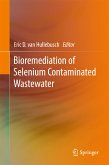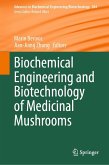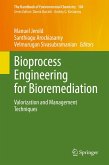Expert contributors discuss topics such as genes associated with polyextremophiles, the applications of genome editing in extremophiles, secondary metabolites from extremophiles, and the biocatalytic potential of extemozymes isolated from extremophiles. Readers will find in this book several case studies that collate the diverse applications of polyextremophiles for bioremediation, including the use of extremophilic algae in wastewater treatment, nutrient recovery and animal feed production, the treatment of industrial waste, pharmaceuticals and personal care products, and the removal of microplastics, heavy metals and E-waste. Particular attention is given to the use of polyextremophiles for bioremediation of abandoned mining sites. The book also presents bioactive compounds from halophiles and their biomedical applications and discusses the implications of polyextremophiles in astrobiology research.
Given its breadth, this book is a valuable contribution to the biotechnology of polyextremophiles by overviewing research to date and exploring challenges and opportunities for future research. It also benefits a broad readership, from scholars, researchers and students to industry professionals interested in the study and development of biotechnological applications of polyextremophiles.
Dieser Download kann aus rechtlichen Gründen nur mit Rechnungsadresse in A, B, BG, CY, CZ, D, DK, EW, E, FIN, F, GR, HR, H, IRL, I, LT, L, LR, M, NL, PL, P, R, S, SLO, SK ausgeliefert werden.

